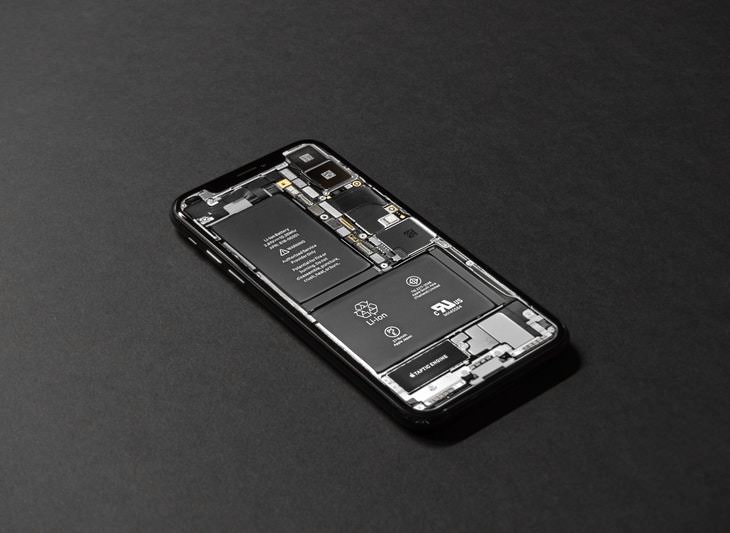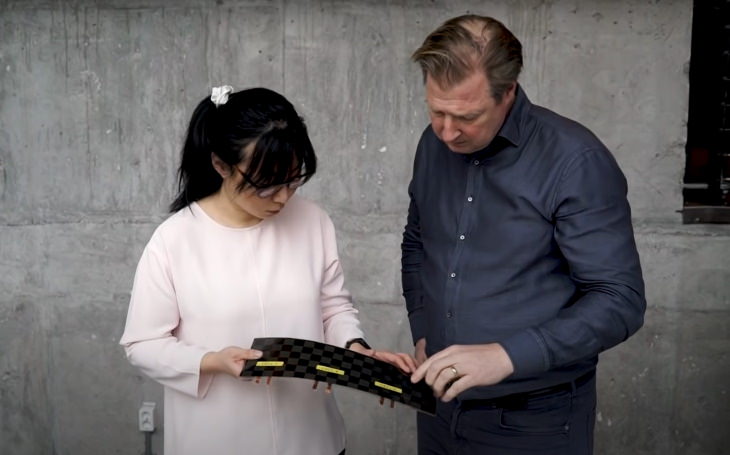At first glance, it may seem that the batteries we use in electric cars, smartphones, and other electronics today are pretty impressive. After all, most smartphone users and electric car owners only need to charge them overnight. But have you ever wondered why electric planes are still not a thing? You guessed it - blame the battery.
Unfortunately, batteries weigh and take up a lot of space in virtually all electronic devices, at least for now. But there is one tech innovation that promises to change that once and for all - the so-called structural battery. Read on to find out how this “massless” battery may change the way we design electronics forever.
What is massless energy storage?
In all electronics, be it your TV remote or an electric car, batteries are a separate part (and often the heaviest one, too). This means that the size and the overall design of all electronics depend on the size and the weight of the battery itself. Massless Energy Storage developers turn this basic rule upside down; they state that the same material could be both a source of energy and a part of the structure. For example, a smartphone’s body could serve as its battery.
This type of energy storage is called “massless” because the weight of the battery vanishes as it becomes a part of the supporting structure. As you can expect, this type of energy storage is highly attractive because it promises to reduce the weight of electrical devices dramatically. This would be especially useful for heavy vehicles like electric cars and bikes. What’s more, this new technology could even make electric planes possible.
The only issue is that creating a material that would be both sturdy and effective at storing electricity is trickier than you think. The field of Massless Energy Storage exists since 2007, but the first promising prototype of a structural battery only appeared this year. Here’s what it looks like and how it works.
The Structural Battery - a Promising Breakthrough
The Chalmers University of Technology in Sweden has been conducting a lot of research in the field of Massless Energy Storage. In 2018, researchers from the university developed sturdy carbon fiber with the ability to store electrical energy chemically. But it is their latest development that deserves the most attention.
This carbon-based structural battery is ten times better than any previous structural battery prototypes. The scientists layered a negative electrode made of carbon fiber material with a lithium iron phosphate-coated aluminum foil as the positive electrode. In-between, they placed fiberglass fabric in an electrolyte matrix to separate the two. The resulting battery is a flat tough sheet that performs well on tensile tests and stores energy.
The energy density of the battery - 24 Wh/kg, or about 20% of the capacity of current lithium-ion batteries - may not sound impressive at first. But we also must take into account that the weight of vehicles using structural batteries will be much lower. Hence, less energy will be necessary to power it.
The lower energy density of this material has another advantage - increased safety for drivers. As the leader of the project, Leif Asp, a Professor at Chalmers, explains: “Previous attempts to make structural batteries have resulted in cells with either good mechanical properties, or good electrical properties. But here, using carbon fiber, we have succeeded in designing a structural battery with both competitive energy storage capacity and rigidity.”
In the future, the scientist aim to increase the energy storage capacity of the batter even further - to 75 Wh/kg of energy. They also intend to make the material even lighter and sturdier - 75 GPa of stiffness instead of the current 25 GPa - which would make the device about as sturdy as aluminum.
Potential Applications
Structural batteries could be used to upgrade a whole array of electric vehicles and devices. The researchers say that anything from handheld consumer electronics, to e-bikes, cars, planes, and even satellites could benefit from the material.
“We are really only limited by our imaginations here. We have received a lot of attention from many different types of companies in connection with the publication of our scientific articles in the field. There is understandably a great amount of interest in these lightweight, multifunctional materials,” according to Leif Asp.
Share this cool innovation with family and friends!


